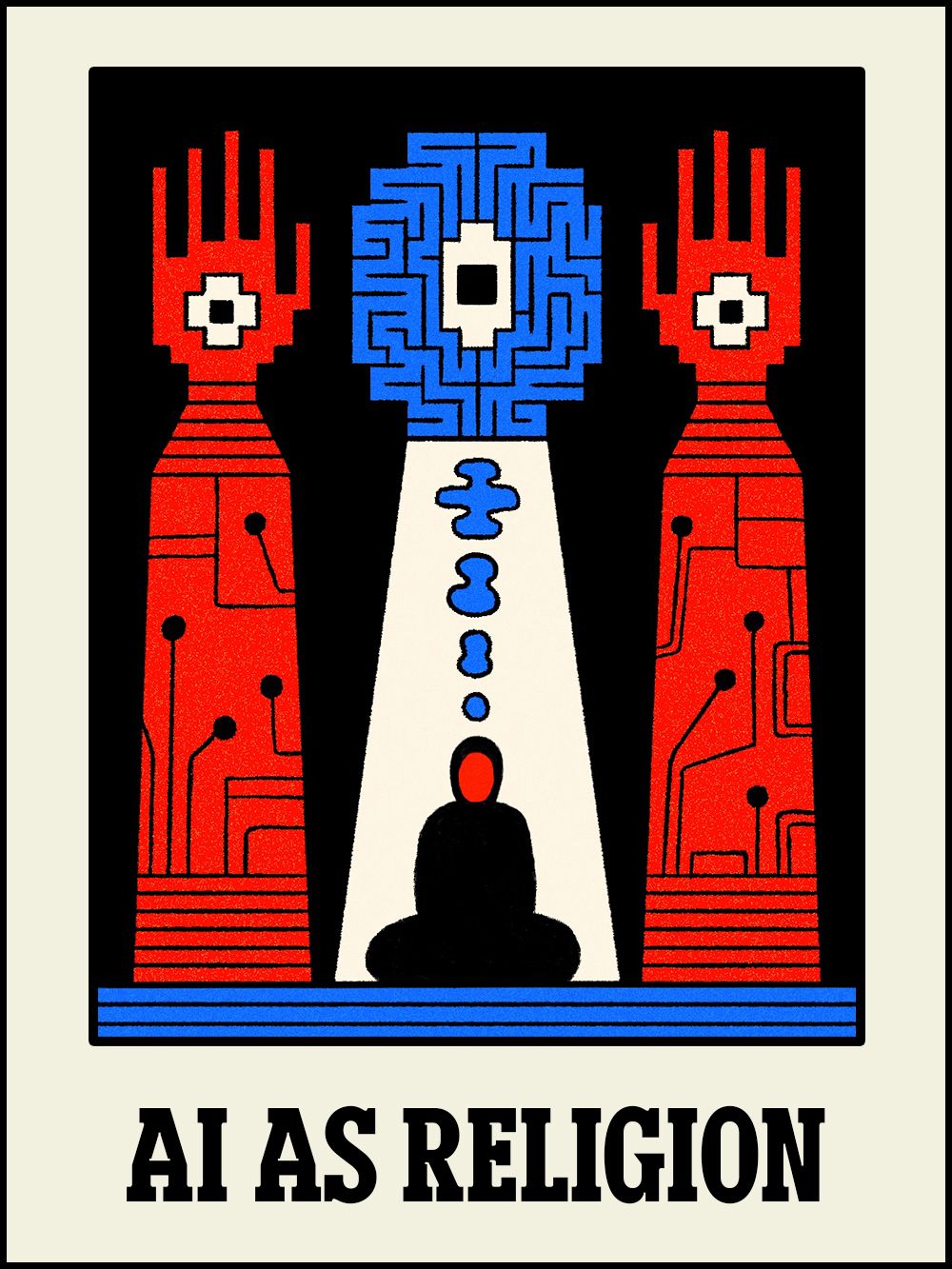Key Points
- Bindwell uses custom LLMs to design protein‑based pesticides in seconds.
- Roundabout Technologies deploys AI vision to improve traffic‑light timing.
- Den offers an AI‑agent platform that automates routine tasks via simple commands.
- K‑Scale Labs builds affordable humanoid robots aimed at advancing the Kardashev scale.
- Starcloud plans to launch GPU data centers into low‑Earth orbit for AI workloads.
- Founders report development cycles shrinking from weeks to days thanks to AI tools.
- Rapid model updates require constant codebase rewrites, emphasizing flexibility.


AI‑Powered Innovation Across Sectors
The current wave of artificial‑intelligence startups is spanning an unusually broad range of applications. At Bindwell, two teenage founders have created large‑language models that predict the behavior of protein‑based compounds, allowing them to design pesticides in seconds that would otherwise require days of laboratory work. Their approach mirrors AI‑driven drug discovery but targets agricultural pests, and the company has already opened a wet‑lab in the Bay Area to validate its predictions.
Roundabout Technologies, a four‑person team, is building a real‑time vision system for municipal traffic lights. By analyzing live video feeds, the system can adjust signal timing to reduce idle time at intersections. After pilot installations in a small California city, the firm plans to expand the network to dozens of additional lights.
In Australia, founders of Den shifted from a medical‑tech role to create an AI‑agent platform that acts like an intern bot on Slack. The platform enables users to trigger automated workflows with simple commands, turning routine requests—such as monitoring website sign‑ups—into instant actions. The team emphasizes rapid iteration, noting that features that once took weeks to code can now be built in minutes using AI‑generated code.
K‑Scale Labs, led by Benjamin Bolte, is developing affordable humanoid robots with the long‑term vision of moving humanity up the Kardashev scale—a measure of civilization’s energy use. Their robots, ranging from a basket‑carrying “Isaac” to a sleek “K‑bot,” are already being tested in domestic and commercial settings, such as folding laundry for a startup.
Meanwhile, Starcloud is planning to launch its first GPU‑powered data center into low‑Earth orbit. The company’s ambition is to supply the massive compute power required by AI workloads while reducing the environmental impact of terrestrial data farms.
Speed, Flexibility, and the New Developer Experience
Across these ventures, founders report that AI tools dramatically compress development cycles. Tasks that once required weeks of coding can now be completed in a single day, freeing engineers to focus on strategy, research, and product “taste.” However, they also note a paradox: reliance on rapidly evolving models means that codebases must be constantly rewritten, and developers must stay adaptable.
Studies referenced by the startups suggest that while AI‑assisted developers may spend less time writing code, the overall speed of project delivery can vary. Some teams find that the time saved in coding is redirected to other activities, such as data collection, testing, or customer engagement.
Looking Ahead
These AI‑centric companies illustrate a broader trend: the democratization of sophisticated technology that enables small teams to tackle problems once reserved for large corporations. Whether designing next‑generation pesticides, optimizing city traffic, automating business workflows, building household robots, or deploying space‑based compute, the startups are pushing the boundaries of what AI can achieve today.
Source: wired.com
